Laminate floors are one of the most popular flooring options in homes today. They greatly improve the comfort and beauty of a home while also offering a wide variety of styles and color options. Laminate floors are DIY-friendly, affordable, and durable; some are designed to look like wood or tile.
When installing laminate flooring, there are several things you should keep in mind. These products are generally easy to install, but there are some mistakes to avoid to ensure they are installed properly. To help you avoid these mistakes or monitor the contractor who does the installation for you, we have listed the top 10 mistakes to avoid when installing laminate flooring in your home.
1. Using Laminate Flooring Under Cabinets
Laminate flooring is known as a “floating floor” and will expand and contract when the temperature changes. Kitchen and bathroom cabinets are usually bolted to the floor when installed. Installing anything permanently to the laminate flooring will cause pressure on the floor, keeping the laminate from expanding and contracting. This will result in buckling and will damage the floor permanently. For this reason, laminate flooring should not be installed under cabinets.
2. Not Protecting the Floors From Moisture
Laminate flooring is sensitive to moisture. Moisture can completely damage the floor over time. Therefore, when installing laminate flooring, you should remove any moisture where the floor will be installed. How? First, use a moisture meter to measure the moisture level of the floor. The moisture level should be under 14%. If it exceeds this number, you should dry the area before installation.
Additionally, you need to make sure that your laminate flooring is moisture-resistant. You can use caulk or silicone to seal the areas where the floor is most vulnerable to water damage. You can also use floor sealant to seal the locking mechanisms to make the floor more water resistant. Another option is covering the entire laminate floor with a polyurethane coating.
3. Not Letting the Laminate Flooring Acclimate
Most laminate flooring needs to be placed, for at least two days, in the space where it will be installed. Acclimation is necessary since it allows the laminate flooring to get used to the space’s humidity and temperature levels. If you omit the acclimation step, you can encounter problems such as shrinkage and corner gaps. Also, remember that the ideal conditions to install laminate flooring is between 60 and 80 degrees with a humidity level between 35% and 60%.
4. Not Considering Expansion Joints
As mentioned earlier, a laminate floorings’ size changes due to expansion and contraction with temperature changes. Therefore, when installing it, you need to leave extra space for expansion. This extra space, known as an expansion joint, is very important for the durability of the laminate flooring. Not using an expansion joint results in buckling and damage to the entire floor is possible. You can use a backer rod at the perimeter of the laminate floor to maintain the required space for expansion and contraction. This will result in a long lasting durable floor.
5. Not Using an Underlay
laminate flooring needs a proper underlay to make the floor more flexible and stable. The underlay is usually a thin layer of foam that makes laminate floor installation easier. It can also function as an insulator and shock absorber. Additionally, it is helpful when the subfloor has minor deviations as it creates a flat surface over which to install the laminate flooring. Not using an underlay will result in the flooring becoming wet, warped, and damaged thus compromising the floor’s overall integrity.
6. Installing Laminate Flooring on an Unlevel Surface
Although laying down the laminate flooring on an unlevel surface is acceptable, we do not recommend it. If the subfloor has small deviations, an underlay can help to level the surface. On the other hand, a surface with large areas of bumps and dents needs to be leveled by grinding and sanding the bumps, using self leveling compound, or in the worst-case scenario, removing the surface floor boards and installing new ones. Otherwise, the quality of the finished laminate floor will be negatively affected. When measuring the levelness, remember that a maximum of 1/8 inch of difference in a six-foot area is desirable.
7. Running Laminate Flooring Parallel to Joists
We highly recommend installing the laminate boards perpendicular to joists. It is not mandatory, but experience has shown that you will have a more level surface this way. High points that run along the joists and the low points between them will cause the subfloor to be unlevel. If you install laminate flooring parallel to the joists, the boards will follow the peaks and dips of the subfloor. On the other hand, if the installation is perpendicular to the joists, you will have a more level surface.
8. Aligning the Boards in the Wrong Pattern
The most important rule when installing laminate flooring is to follow the manufacturer’s instructions. For the most part, they require you to overlap each laminate board at least 6 inches and create a staggered, irregular pattern. However, following this rule is not enough and you need to pay attention to the pattern during installation. You may follow the 6 inch rule and end up having a stair step or H pattern, which is not recommended. (see figures 1 and 2) Always try to avoid having a pattern and align the boards randomly.
9. Pushing the Boards Together Too Tightly
When installing laminate flooring, it is important to do the job carefully. The boards should be put together at a reasonable distance from each other. If you put the boards too close together without the proper space to expand and contract, the boards push on each other and this pressure will cause the edges to chip and the boards to buckle.
10. Cleaning the Finished Floor with the Wrong Product
When you are finished installing your floors, follow the manufacturer’s instructions and make sure to choose products that are safe to use on laminate for the clean up. You should remove any spacers and install transition moldings and baseboards around the room. Polyurethane coating is the best option if you want to use a coating for the finishing.
You probably know that people use wax as the finishing coat for hardwood floors as a protective layer and to make the floor look clean and shiny. Be aware that this is not the case with laminate floors. If you use wax on laminate floors, the floor does not look cleaner but dirtier. Wax dulls and clouds the appearance of laminate flooring rather than making it shine.
The Bottom Line
All of these mistakes can cause damage to your new laminate floor. Installing a laminate floor might seem easy but it requires experience and expertise to ensure you have a durable and beautiful floor that lasts for years.
At Matrix Company Solutions Corp., we install laminate flooring as part of the home renovation projects we do in the Philadelphia area. So, if you are looking to install laminate flooring and want the job done without any of these mistakes, give us a call today.

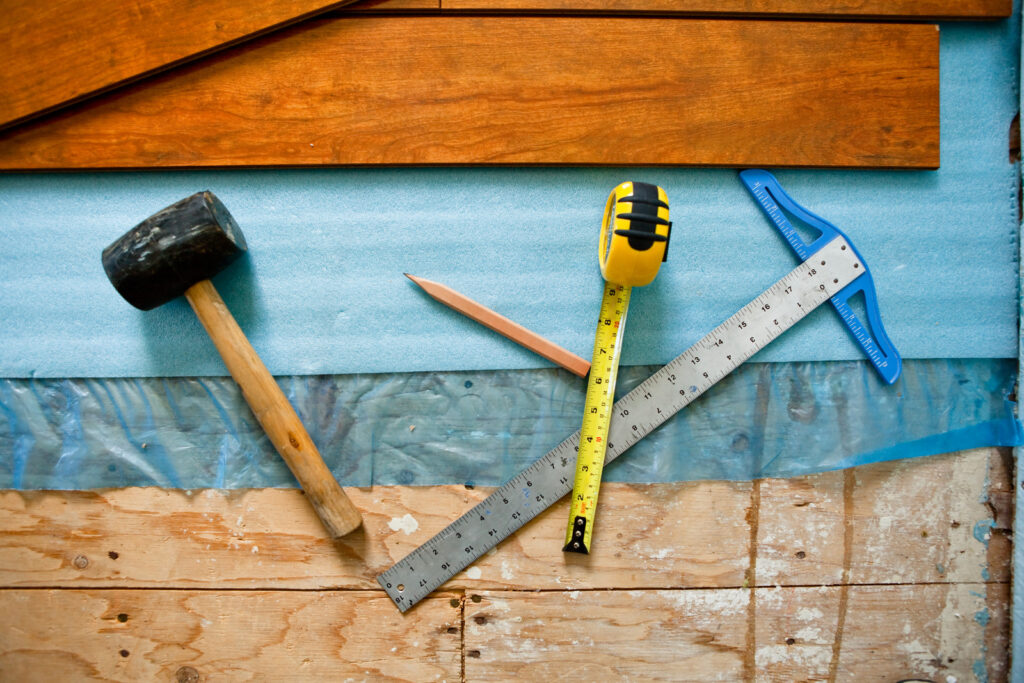


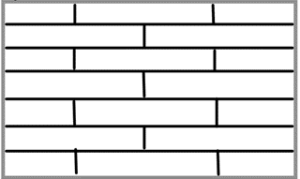
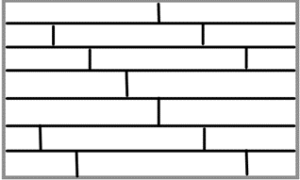
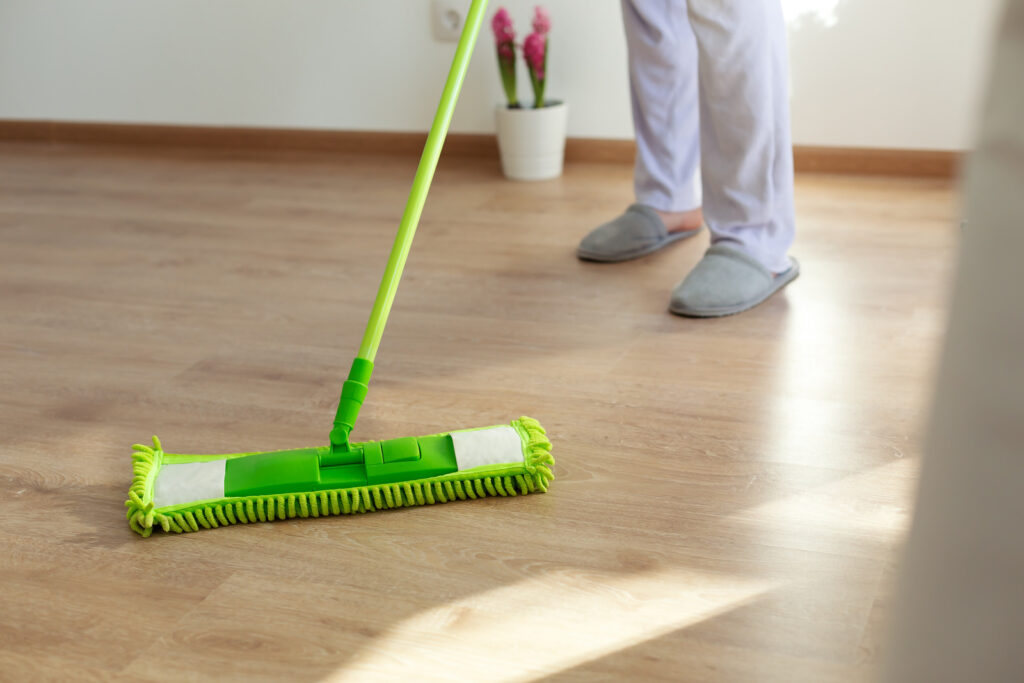


![Top 20 Reasons for Failing a Plumbing Inspection in Philadelphia [2025 Guide]](https://matrixgc.com/wp-content/uploads/2025/05/Common-issues-causing-failing-a-plumbing-inspection-in-Philadelphia.png)

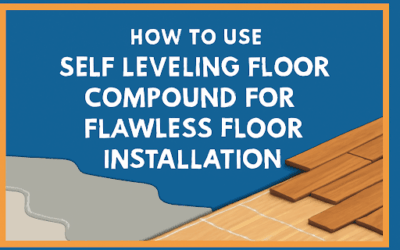


0 Comments
Trackbacks/Pingbacks